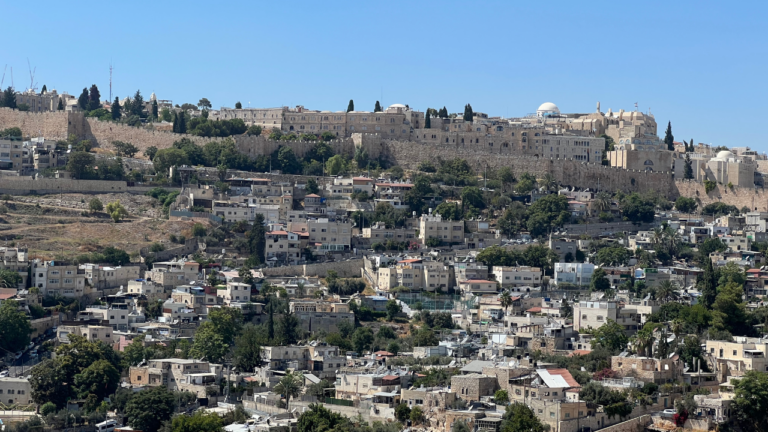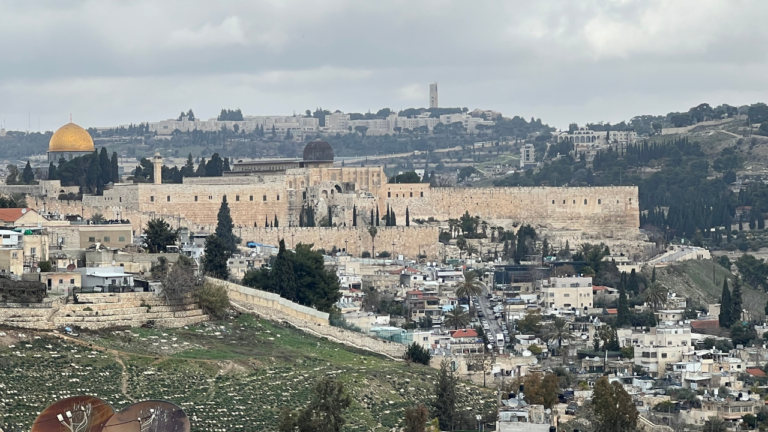The Conversation of Jerusalem
This Shabbat we have the privilege of reading two different songs: the song of Moshe and the Jewish people at the shores of the Yam Suf and Shi HaShirim, written by King Shlomo of Yerushalayim. The midrash notes that while all songs in the Torah are referred to as “Shir” in the singular, Shlomo’s song is unique in that it receives a double and plural name – “The Song of Songs.” What is the meaning of this enigmatic formulation?
One opinion in the midrash explains that the Song of Songs is actually comprised of two different songs, synthesized together:
R. Yochanan in the name of R. Acha in the name of R. Shimon said… in all songs either God praises the Jewish people or the Jewish people praise God. In Moshe’s song [by the Sea], the Jewish people praise God: “This is my God and I will glorify Him.” In Moshe’s song [at the end of the Torah], God praises the Jewish people “He causes them ride over the high points of the world.” Here [regarding Shir HaShirim], however, the Jewish people praise God and God praises the Jewish people. He praises them “Behold you are beautiful, My darling.” They praise Him: “And you, my beloved, are handsome.”
The greatness of Shir HaShirim is that it includes the voices of both God and the Jewish people, each extolling the other.
This dialogical element of Shir HaShirim elevates it above the other songs in Tanach as this sort of conversation represents the deep relationship that we have with God. Other songs are responses to God’s one-sided love for the Jewish people – either in God praising us or in our response to God’s goodness as in the case of the song at the sea. But in these songs we are always on the receiving end, passive recipients of divine blessings.
It is only in Shir HaShirim that we take our role as God’s partner, albeit a junior partner. As opposed to simply recognizing the gifts that we receive from God, as important as that is, we are elevated to a role in which we have something to contribute. God, in some way that we do not fully understand, loves us as a spouse. Just as in a spousal relationship, there is something that each partner can bring to the table and their joint and unified effort is more complete than what each unit could have accomplished outside of that relationship.
What gives the Jewish people the strength to recognize that God, in some way shape or form, needs them and that they can actively contribute to fulfilling God’s plan? Perhaps part of the calculus is that the female figure in Shir HaShirim, which represents the Jewish people, is connected to Yerushalayim. She confides in the “daughters of Yerushalayim” throughout the song and for part of the time seems to be situated within the city.
Reaching Yerushalayim represents the actualization of the potential of the Jewish people. At the sea and in the desert, we were a wandering people, on a journey to reach a destination. Yerushalayim is that destination. It is our resting point and inheritance, the place where we are meant to be for eternity. Therefore, once the Jewish people reach, settle in and develop Yerushalayim in the days of Shlomo, they are ready for the next stage in their relationship with God.



